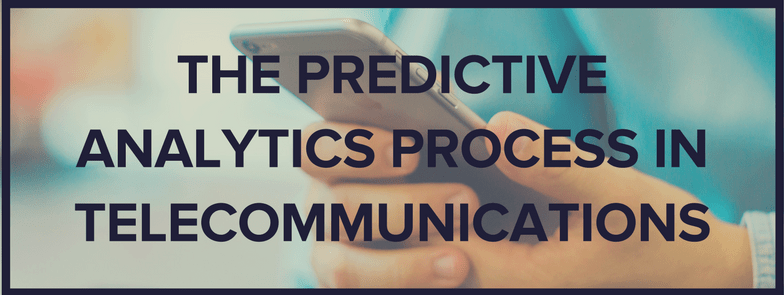Predictive analytics allows you to answer the following questions: what customers, when and how to specifically offer; which consumers are ready to leave for a competitor, which of them can be retained and how best to do it? Also, using these methods, the company can better understand the links between products, targeting product and service sets specifically to certain consumer segments. Meantime it identifies client groups united by a common pattern of behavior.

Each service user or product buyer is considered by the system in a dynamic way, within the so-called client lifecycle. The Lifetime Value is calculated – the amount of money that the client can bring for the entire time of interaction with the company.
The life cycle is divided into four stages: attraction, the period of active sales of additional products, retention and win back – re-conquest of the client, who went into outflow, that is, preferred competitors. It is clear that the second stage brings the greatest profit, while the other three are related to expenses. The task of the system of predictive analytics is to make sure that the losses are as low as possible and the revenue as much as possible, that is, the main goal is to increase the Lifetime Value of each consumer.
How Does The Prediction work?
At each stage, different methods of working with a client are applied. During activation, that is, at the very beginning of the history of the company’s relations with the consumer, the system assigns it to a certain segment and selects proposals that are suitable for it. This happens on the basis of the client’s personal data: his age, social group, profession and other parameters. During active sales, a propensity model is built that helps to offer the most relevant cross-products and additional services through the most efficient channels and at the right time.
At the containment phase, strategies are in place to prevent outflows, the social impact ratio of the client is calculated to see if its withdrawal can lead to the withdrawal of other clients. This helps the tools of Social Network Analysis – the analysis of social networks derived from social media parameters. This is not about the fact that the system analyzes it is public information on Facebook. A network of close connections for a particular client is calculated. For example, the mobile operator knows which numbers and at what time the caller usually calls, from which locations.
So you can determine the circle of close ties for a person and their strength. We can assume that if the head of the family leaves for another operator, then his family and relatives will follow him. And if he is also a leader in the circle of friends and colleagues, his decision can affect them too. To retain people with strong social influence, it is worth spending more money and effort to avoid a domino effect and it’s better to intervene as early as possible before the subscriber has made a final decision to leave.
Prior to the era of predictive analytics, managers manually looked for signs that a person was planning to change their operator. As a rule, the main indicator was that the client reduced the activity or completely stopped using the service. In such a situation, it was already very difficult for the business to regain its affiliation or connection to that customer and his immediate associates. To keep the most valuable subscribers, companies tried to make attractive offers at once to the entire client segment, just in case, in order to prevent even the concept of leaving for a competitor. But such a strategy leads to higher expenses and/or lower margins for the company.
The predictive analytics system allows you to manage the outflow more efficiently and at a lower cost. The process is stacked in two steps:
- At the first, those customers are identified, who are likely to be able to outflow in the near future. Historical data can help with it. The behavior of current customers is compared with the actions of those who retired in the past. Thus, early signals are detected, which in most cases cannot be identified manually.
- In the second step, a model of the customer’s income is built. A potential opportunity is identified to earn a share of this. This is done so that the company can focus. Also,to prioritize who should be kept and who can be released with a light heart. Clustering of clients is then carried out to identify possible causes of withdrawal. Based on this, and taking into account past experience. Each retention scenarios has its own probability of success and the relevant level of expenditure needed to fulfill this strategy. As a result, the company can choose the strategy with the largest potential income from a set of options on what offer to make to the client, through which channel and how to address it.
The capabilities of such systems make it possible to construct a separate model for each combination of “proposal-channel-address”. As a result, a complete picture of the customer is created. The value, potential, likelihood of withdrawal, the likelihood of retention and the recommendation of a better action to keep clients. This model is then used to predict the behavior of different consumers. It happens even before they change and possibly before even they realize that they might want to change something.
Get Service, Support, and Professional Advice
For general and sales inquiries regarding JeraSoft billing solutions, please contact the Sales Team at [email protected] or use the form and a team member will get back to you as soon as possible.
Please contact JeraSoft Support for any product or support related questions at [email protected] or visit JeraSoft Documentation.